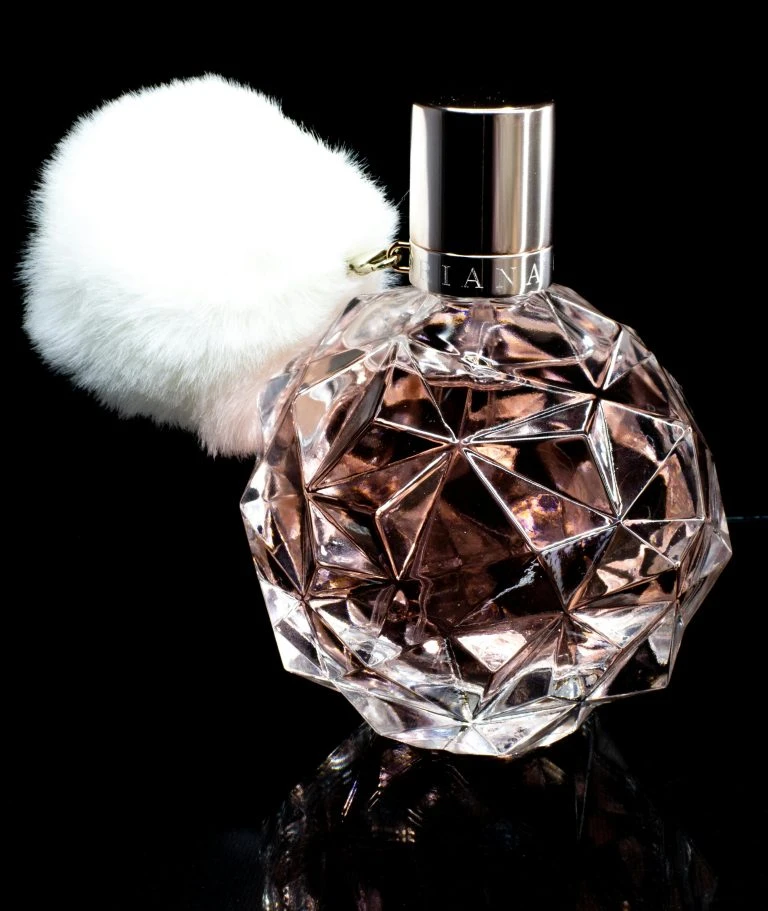Introduction:
Bakhoor, a cherished tradition rooted in the rich tapestry of Middle Eastern culture, holds a special place in the hearts of many. This fragrant incense blend, crafted from a harmonious combination of natural ingredients, captivates the senses with its aromatic allure and cultural significance. In this comprehensive exploration, we embark on a sensory journey through the captivating world of bakhoor, unraveling its origins, understanding its symbolism, and celebrating its enduring appeal.
Origins of Bakhoor:
- Bakhoor traces its origins back to ancient civilizations, where aromatic resins and woods were burned as offerings to gods and deities.
- The art of bakhoor-making evolved over centuries, with different regions developing their unique blends and techniques.
- Bakhoor gained prominence in the Middle East, where it became synonymous with hospitality, celebration, and spirituality.
Ingredients and Preparation:
- Bakhoor is crafted from a blend of natural ingredients, including agarwood chips, aromatic resins (such as frankincense and myrrh), spices (such as cloves and cinnamon), and floral essences (such as rose and jasmine).
- The ingredients are carefully selected and ground into a fine powder before being mixed with natural binding agents, such as gum Arabic or honey.
- The mixture is then shaped into small balls, cones, or chips, which are left to dry and mature before being burned over hot coals to release their fragrant aroma.
Symbolism and Cultural Significance:
- Bakhoor holds deep symbolic significance in Middle Eastern culture, where it is used to purify the air, ward off evil spirits, and create a welcoming atmosphere.
- It is often burned during special occasions such as weddings, births, and religious ceremonies, as well as in everyday life to perfume ae homes and spaces.
- Bakhoor is also believed to have therapeutic properties, with some cultures using it for its calming and soothing effects on the mind and body.
Modern Interpretations and Innovations:
- While traditional bakhoor remains popular, modern interpretations have emerged, catering to contemporary tastes and preferences.
- Perfumers and fragrance houses have incorporated bakhoor-inspired notes into their compositions, creating exotic and luxurious scents that capture the essence of this ancient tradition.
- Bakhoor has also found its way into other lifestyle products, such as candles, room sprays, and personal fragrances, allowing people to experience its aromatic beauty in new and innovative ways.
Preserving and Celebrating Tradition:
- Despite modern advancements, the art of bakhoor-making remains steeped in tradition, with many families passing down recipes and techniques from generation to generation.
- Efforts are underway to preserve and promote this cultural heritage, with initiatives aimed at supporting artisanal bakhoor makers and raising awareness of its cultural significance.
- As we continue to celebrate the timeless allure of bakhoor, we honor its role in connecting us to our past, enriching our present, and inspiring future generations.
Conclusion: Bakhoor stands as a testament to the enduring beauty of tradition and the transformative power of fragrance. As we journey through its aromatic landscape, we are reminded of the profound connections between scent, culture, and memory. Whether experienced in the intimacy of our homes or shared in the warmth of communal gatherings, bakhoor continues to weave its fragrant magic, inviting us to immerse ourselves in its timeless embrace.

